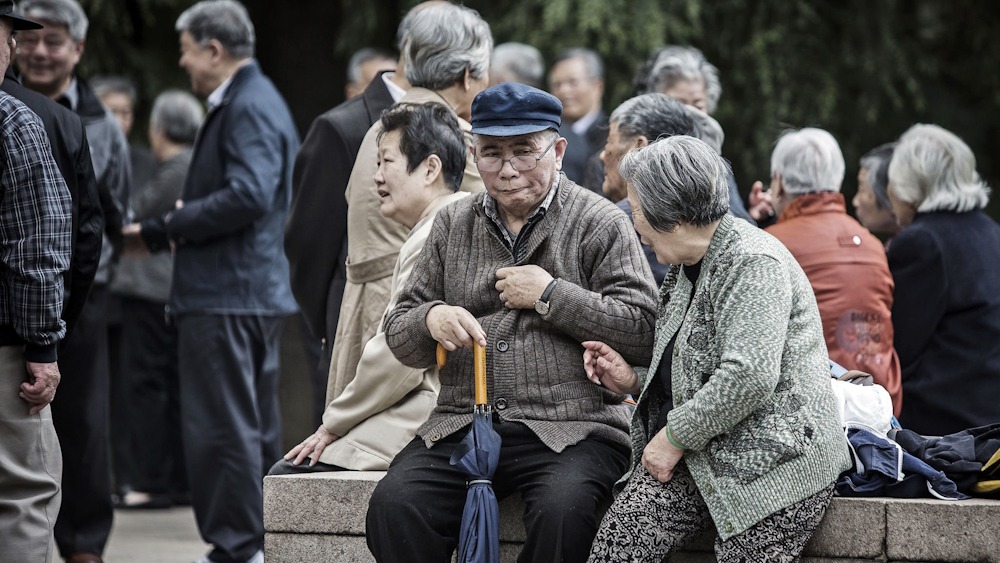China offers $500 child subsidies to improve birthrate. Is it enough?

China’s boldest pro-birth move may not reverse its demographic decline due to fundamental economic and societal forces. China declared a nationwide annual childcare subsidy of 3,600 yuan per child under the age of three, as reported by Chinese state media a couple of weeks ago. This represents a crucial advancement in the nation’s initiatives aimed at addressing the declining birth rate and the challenges posed by an ageing population. The initiative, retroactive from January 1, 2025, represents Beijing’s most extensive pro-birth strategy to date — yet, will this amount, while appreciated, be adequate to counteract entrenched demographic trends?
In 2023, China experienced its historically lowest birth rate, registering a mere 6.39 births per 1,000 individuals. In 2024, there was a modest increase of 520,000 births, which analysts largely ascribe to a temporary recovery following the Covid-19 pandemic. Furthermore, 2024 is designated as the Year of the Dragon in the Chinese zodiac. Children born this year are thought to exhibit distinctive personality traits and are linked to favorable outcomes, potentially accounting for the unusual increase in birth rates. Nevertheless, the total population experienced a reduction of two million, marking its most significant decrease since 1961, thereby officially relinquishing the title of the most populous nation to India.
This is a significant issue. By 2035, China is expected to have 400 million citizens aged 60 and above—almost one-third of its total population—prompting concerns regarding potential labor shortages, the viability of pension systems, and the risk of economic stagnation. The one-child policy implemented in China from 1980 to 2015 has created a lasting cultural legacy that is unlikely to be easily undone. The nation has been systematically altering its policy, permitting two children starting in 2016 and three from 2021 onward. Although these initiatives are gradually being implemented, they are failing to match the pace of the population decline.
The newly introduced subsidy, exempt from taxation and not affecting other welfare benefits, is anticipated to assist more than 20 million families each year, according to Xinhua’s report. This development comes after several years of local pilot initiatives that provided more substantial incentives, including Hohhot’s annual grants of 10,000 yuan per child and Shenyang’s monthly payments of 500 yuan for families with third children. Although these initiatives have demonstrated certain positive indicators—Tianmen city, for example, experienced a 17 percent increase in births in 2024—analysts caution against exaggerating the effects of monetary incentives in isolation.
Professor Mao Zhuoyan of Capital University of Economics and Business stated to Xinhua that although subsidies assist in alleviating everyday costs such as formula or diapers, they do not serve as a comprehensive solution to the overall expenses associated with child-rearing in China. A 2024 report from the YuWa Population Research Institute indicates that the average expenditure for raising a child from birth through to college graduation in China is currently 680,000 yuan (approximately ₹82 lakh or $94,557). The cost of raising a child to the age of 17 exceeds 538,000 yuan, positioning China as one of the most expensive countries globally for child-rearing. When juxtaposed with the average annual urban salaries of 125,100 yuan in prosperous provinces such as Jiangsu, contrasted with a mere 58,100 yuan in the hospitality sector—data sourced from Statista reflecting annual salaries in 2023—it becomes clear why a significant number of young Chinese individuals exhibit hesitance towards starting families.
In addition to financial considerations, there are significant cultural and societal transformations occurring. A report by Think Global Health indicates that numerous young individuals, particularly women, identify career pressures, insufficient childcare support, and high housing costs as significant obstacles to parenthood. Delayed marriages, increasing infertility rates, and a persistent inclination towards smaller families have added layers of complexity to the situation.
In response, Beijing has been implementing a wide array of reforms. Among these are:
- Encouraging the adoption of flexible work schedules and remote work opportunities for parents.
- Providing preferential housing for families with several children.
- Enhancing the infrastructure for childcare and preschool services.
- Offering IVF and fertility treatments within the framework of public health insurance.
- Mandating epidural access in large hospitals by 2027.
Although the subsidy indicates a significant commitment, analysts contend that it is far from a comprehensive solution. Yang Yiyong from the Academy of Macroeconomic Research stated that China requires affordable education, accessible child and maternity care, workplace protections for mothers, and social support structures. Time is of the essence. Projections from the United Nations indicate that China’s population may decline to 1.3 billion by 2050, and further to 633 million by 2100, resulting in a loss of over 750 million individuals this century.
China’s experiment illustrates the complexities and costs associated with reversing a demographic decline. Furthermore, although subsidies can provide assistance, a more extensive structural transformation remains essential. The bottom line China’s 3,600-yuan subsidy represents a significant initiative; however, without accompanying comprehensive social reforms, it may fall short of persuading families that parenthood is both financially viable and appealing in the contemporary Chinese economic landscape.









